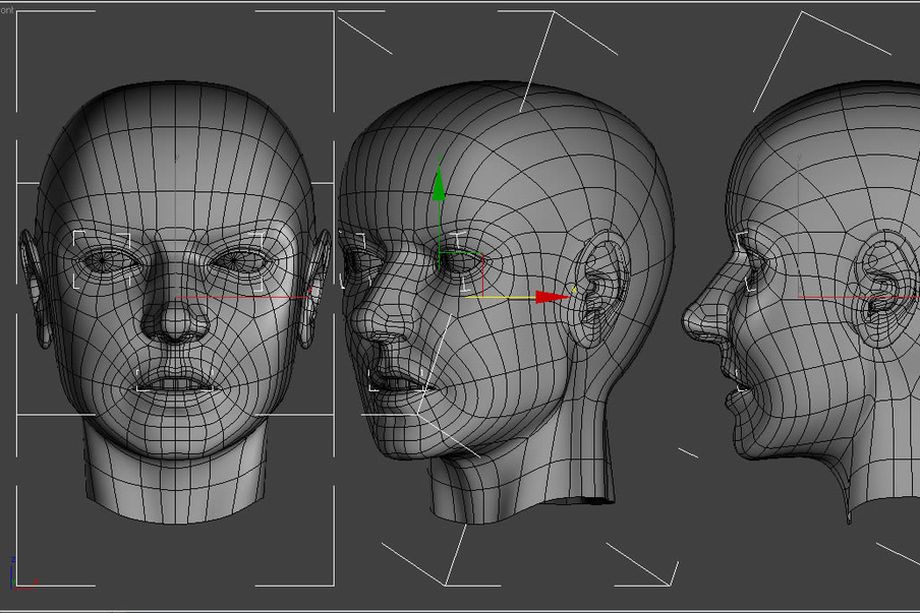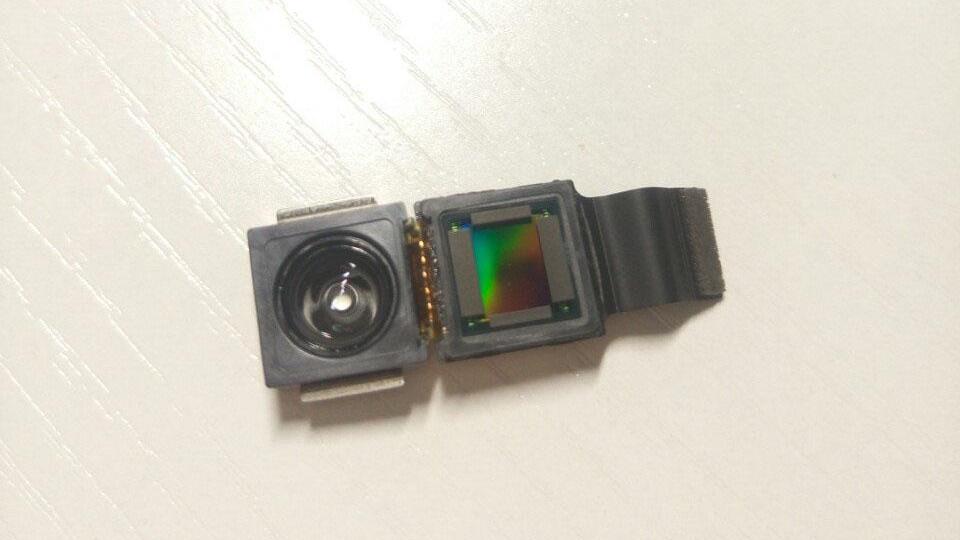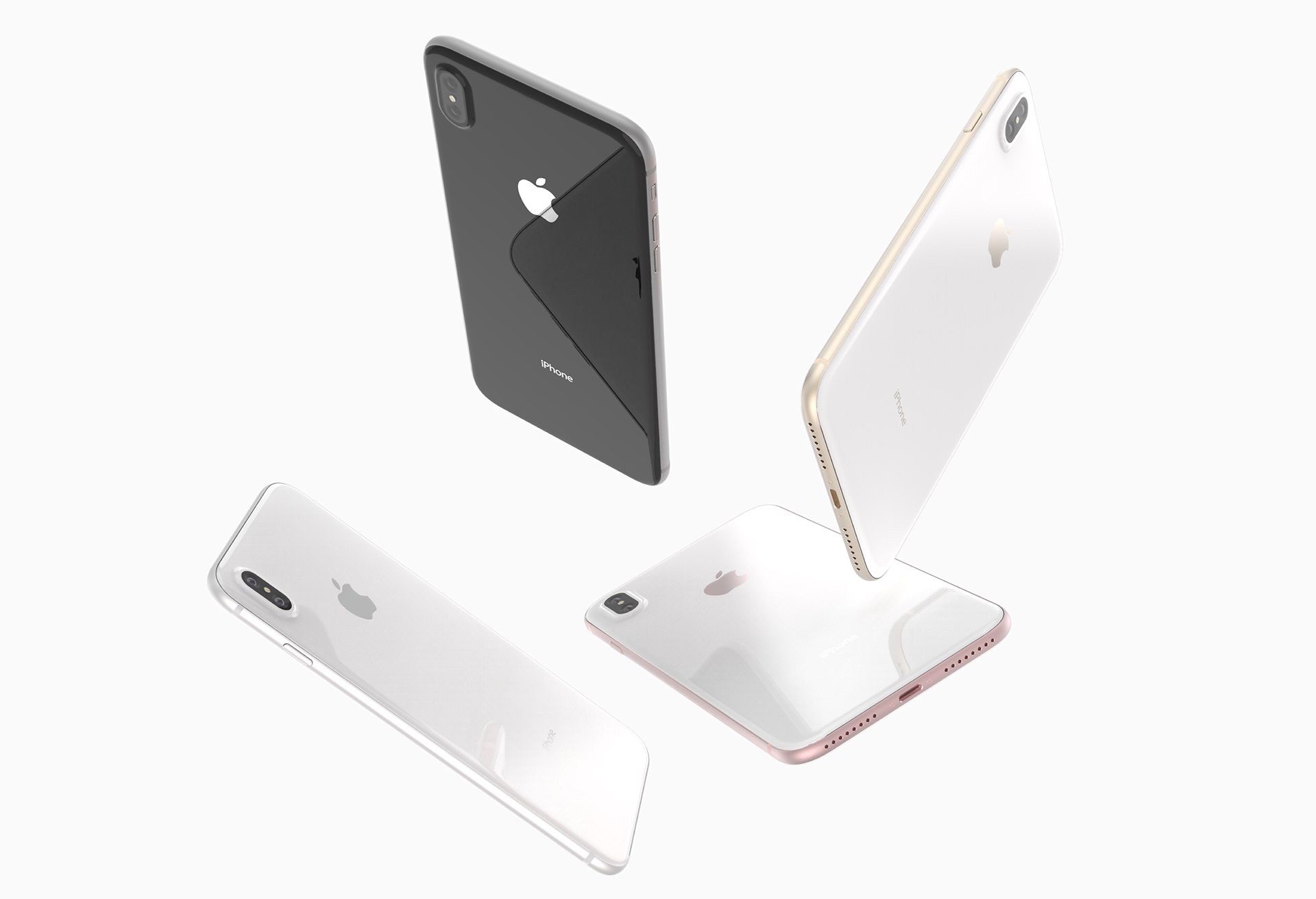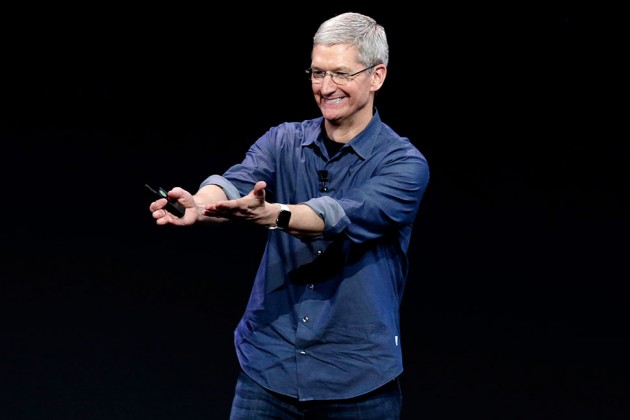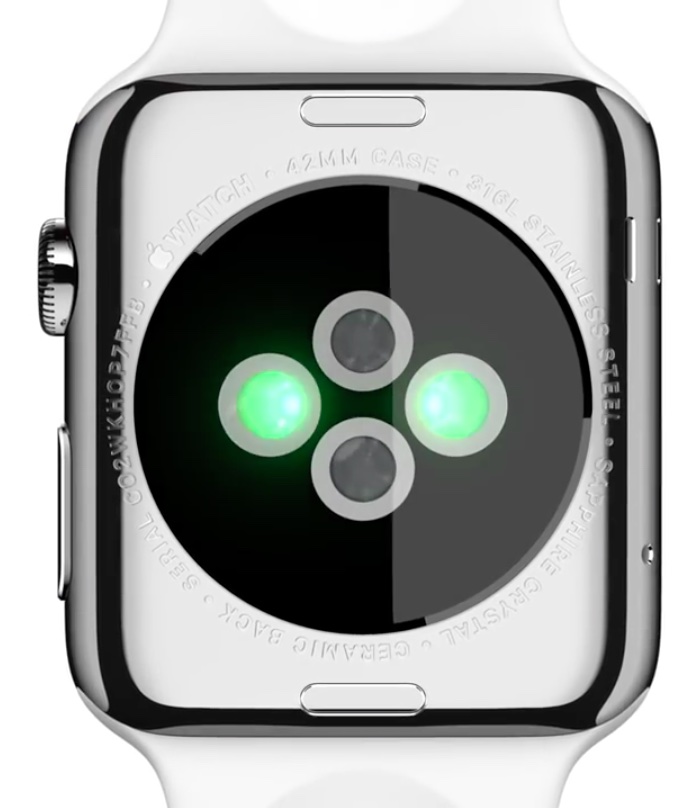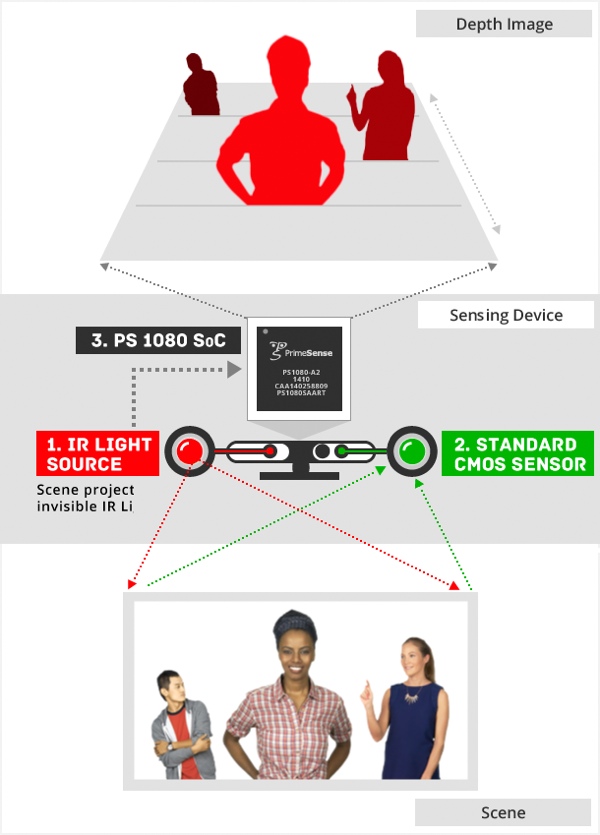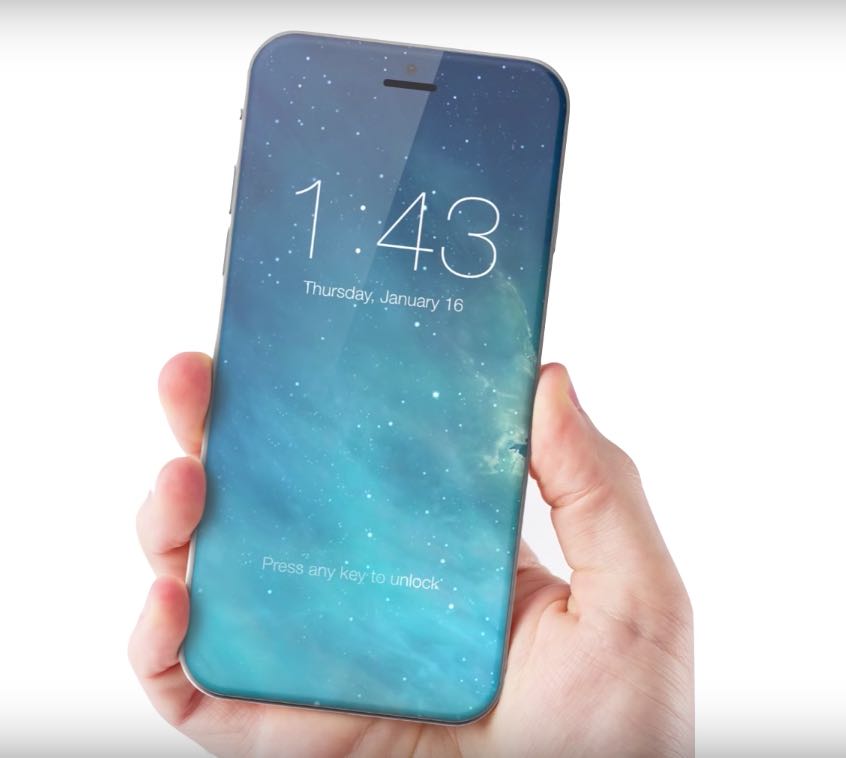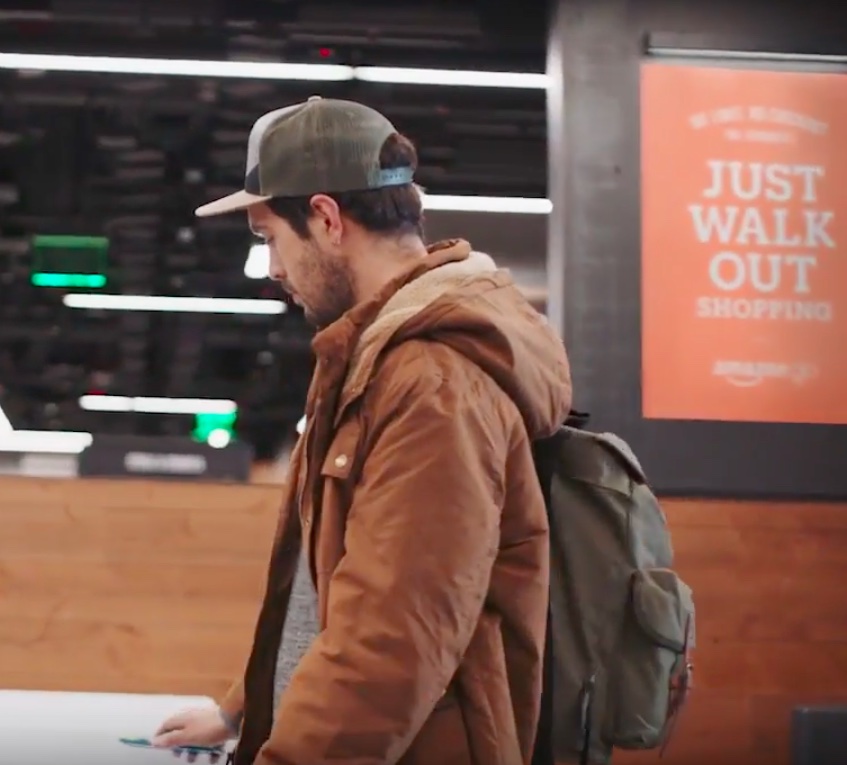German engineering and electronics company Robert Bosch GmbH has reportedly landed orders to manufacture motion sensors for Apple's upcoming iPhone 8. According to a report Friday by Bloomberg citing a person familiar with the deal, the German firm could build as much as half of the motion sensors in upcoming iPhones, with InvenSense supplying the rest.
InvenSense counts Apple as its client and files as the primary supplier of the smartphone motion-sensing components, with the iPhone maker accounting for an estimated 60 percent of InvenSense's revenue. In that regard, the Apple-Bosch deal could be a major blow to Invense, shares of which declined more than five percent in extended trading Thursday.
InvenSense is currently seeking to complete its $1.3 billion sale to TDK Corp. The deal is partly aimed at boosting the Japanese company’s business with Apple. Apple was already one of TDK’s biggest customers before the Japanese firm agreed to buy InvenSense in December.
“We aim to become a strong player in the sensor business with InvenSense as our perfect partner,” TDK CEO Shigenao Ishiguro said at the time.
Bosch did supply gyroscopes and accelerometers for Apple in the past and it currently supplies barometric pressure sensors for iPhones. Before iPhone 5s came out, STmicroelectronics used to supply gyroscope sensors for iPhones.
Since iPhone 5s, Bosch has been supplying gyroscopes and accelerometers for iPhone 6 models, with California-based InvenSense providing the gyroscopes and accelerometers in iPhone SE, iPhone 6s, and iPhone 7 on an exclusive basis.
The first Bosch microelectromechanical systems to make its way inside any iPhone was their Sensortech BMA220 unit in iPhone 5s, which initially suffered from inaccuracies that were later fixed via a firmware update.
The iPhone 6 series uses a three-axis accelerometer sensor built by Bosch and InvenSense’s six-axis MPU-6700 accelerometer. Relying on accelerometers from two different vendors helps increase power efficiency.
The Bosch accelerometer has a significantly faster cold start up time than the InvenSense—3ms vs. 30ms, respectively—meaning users see less of a delay.
For games and other apps that require sophisticated inertial sensing capabilities, iPhone 6 uses the InvenSense sensor. For simpler tasks, such as tracking footsteps and rotating the screen to match the device's orientation, the device uses the Bosch sensor.
Photo: Bosch's Sensortech BMA220 accelerometer in iPhone 5s, via Chipworks.
